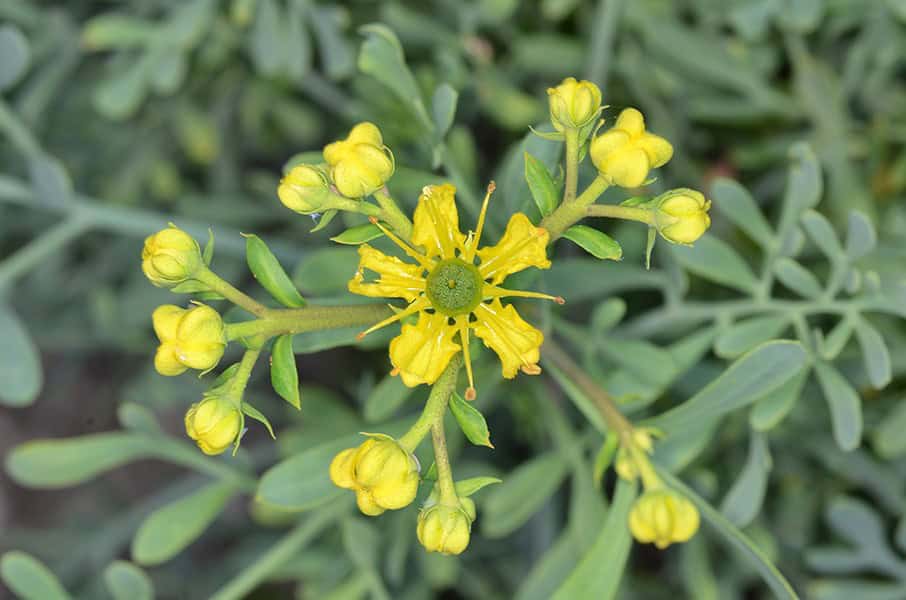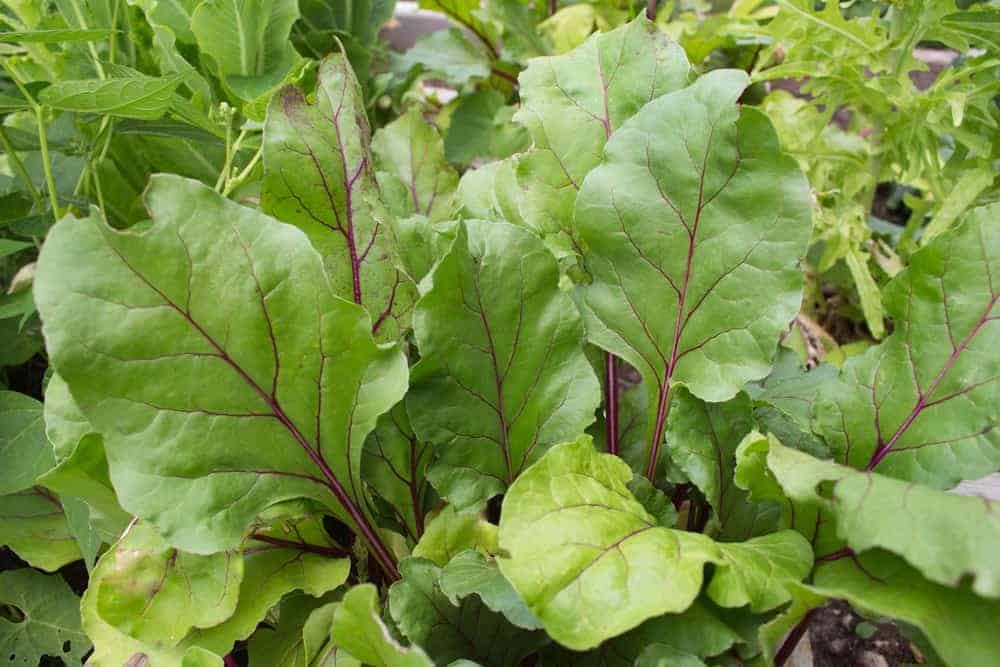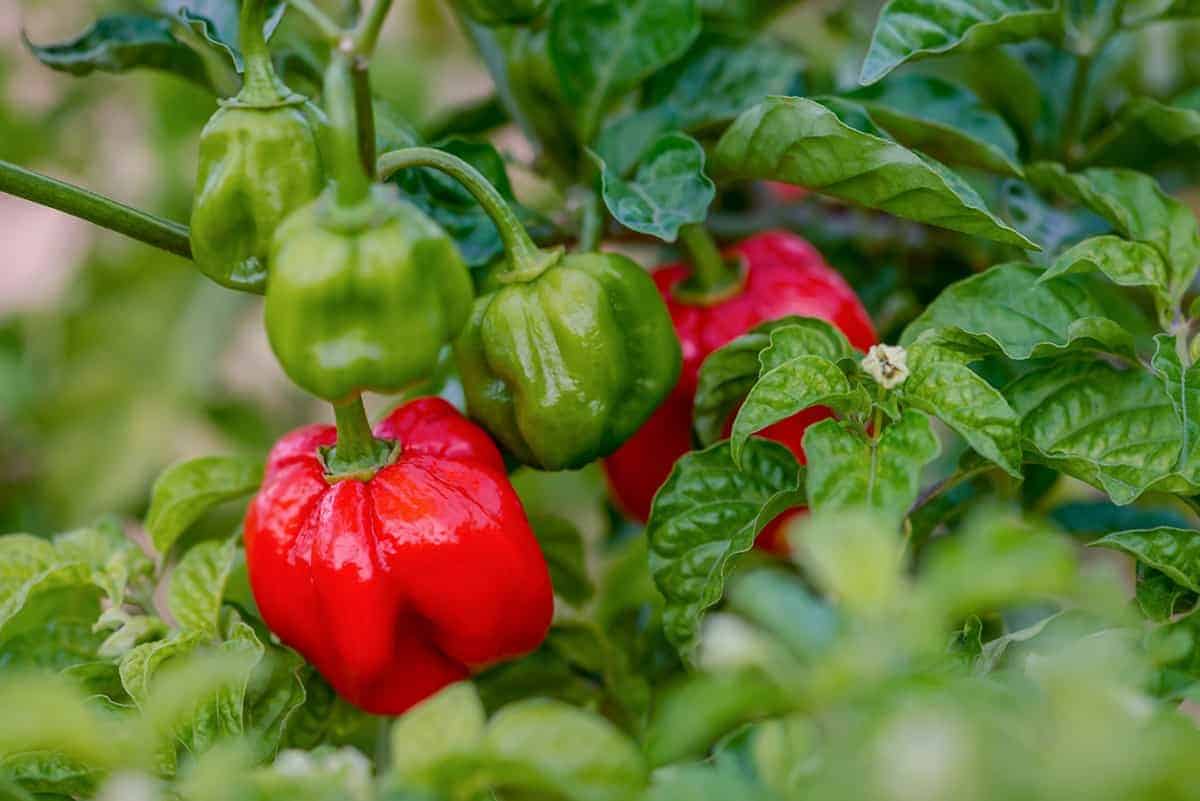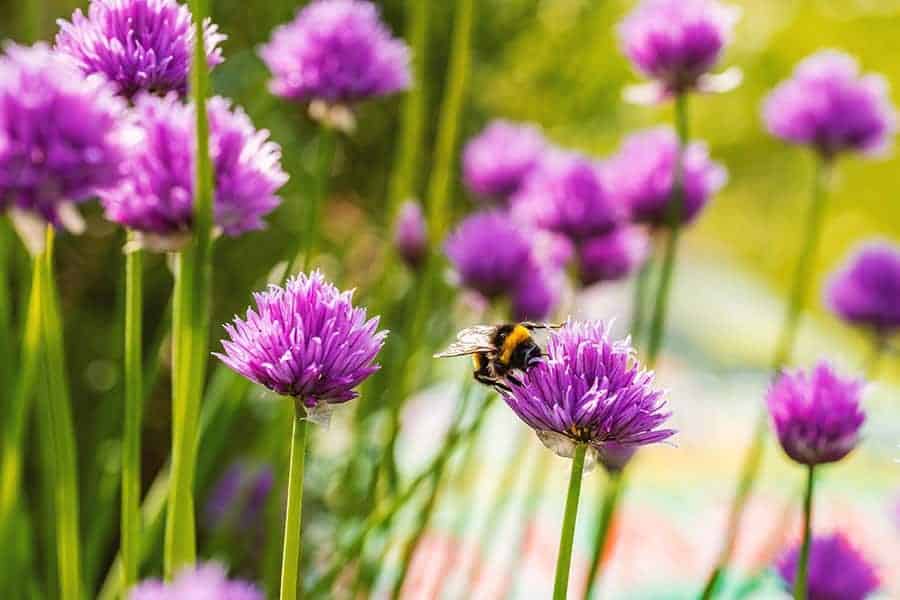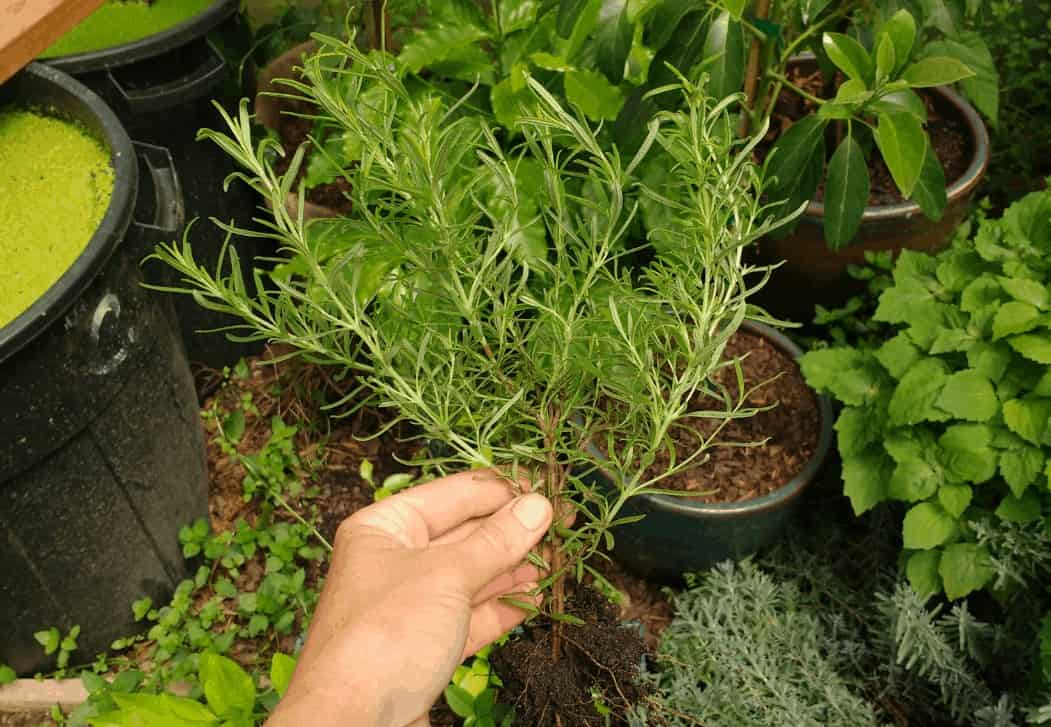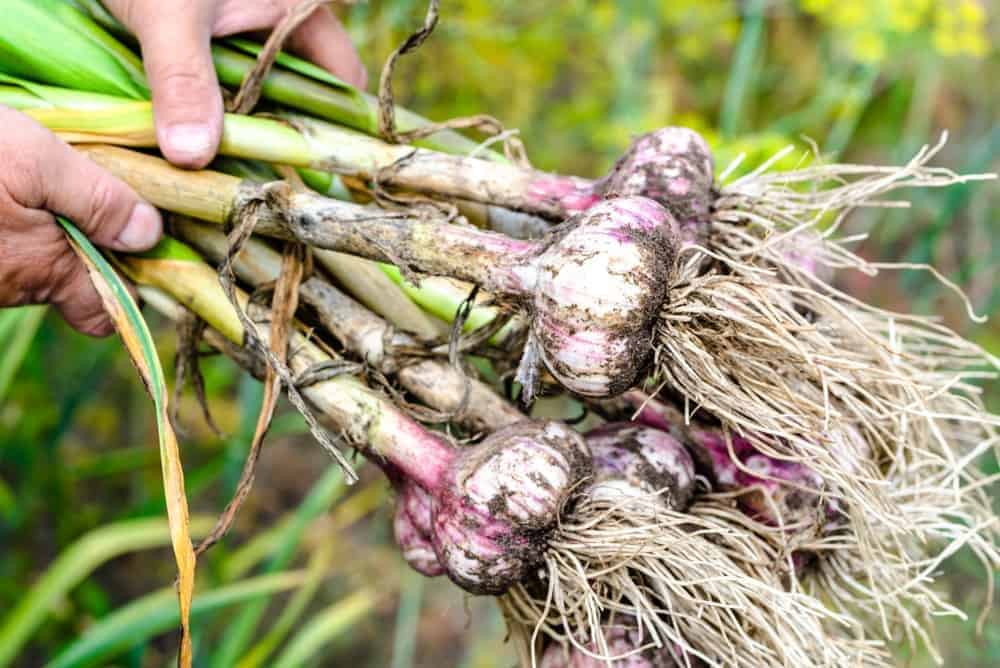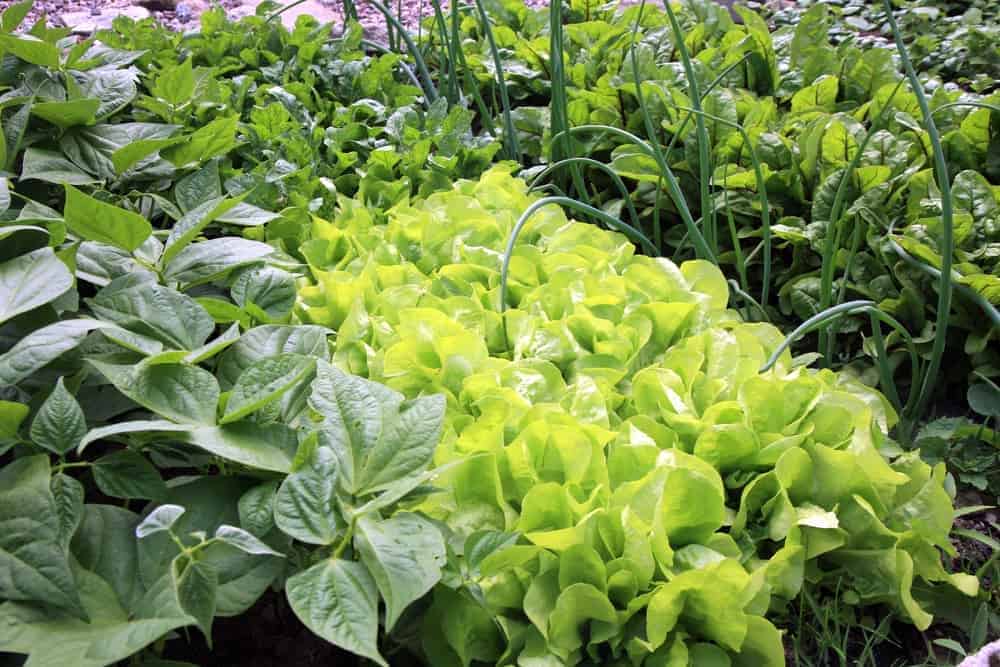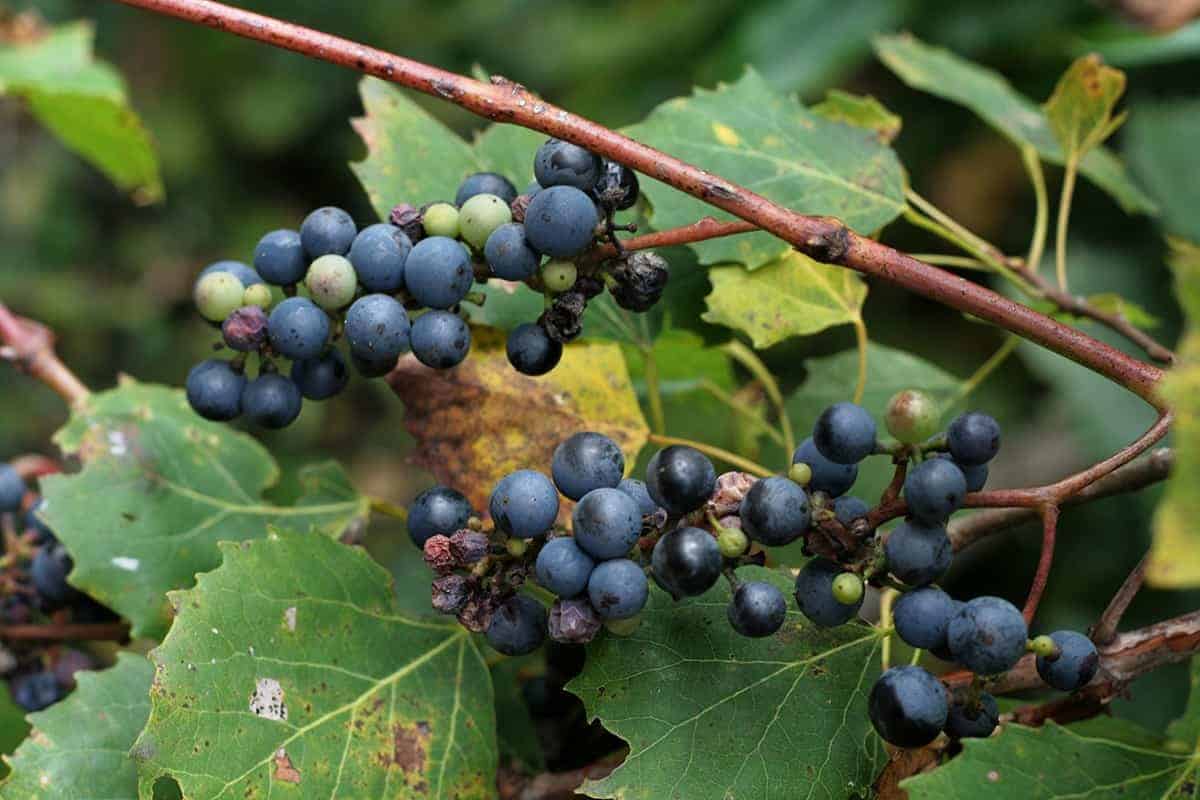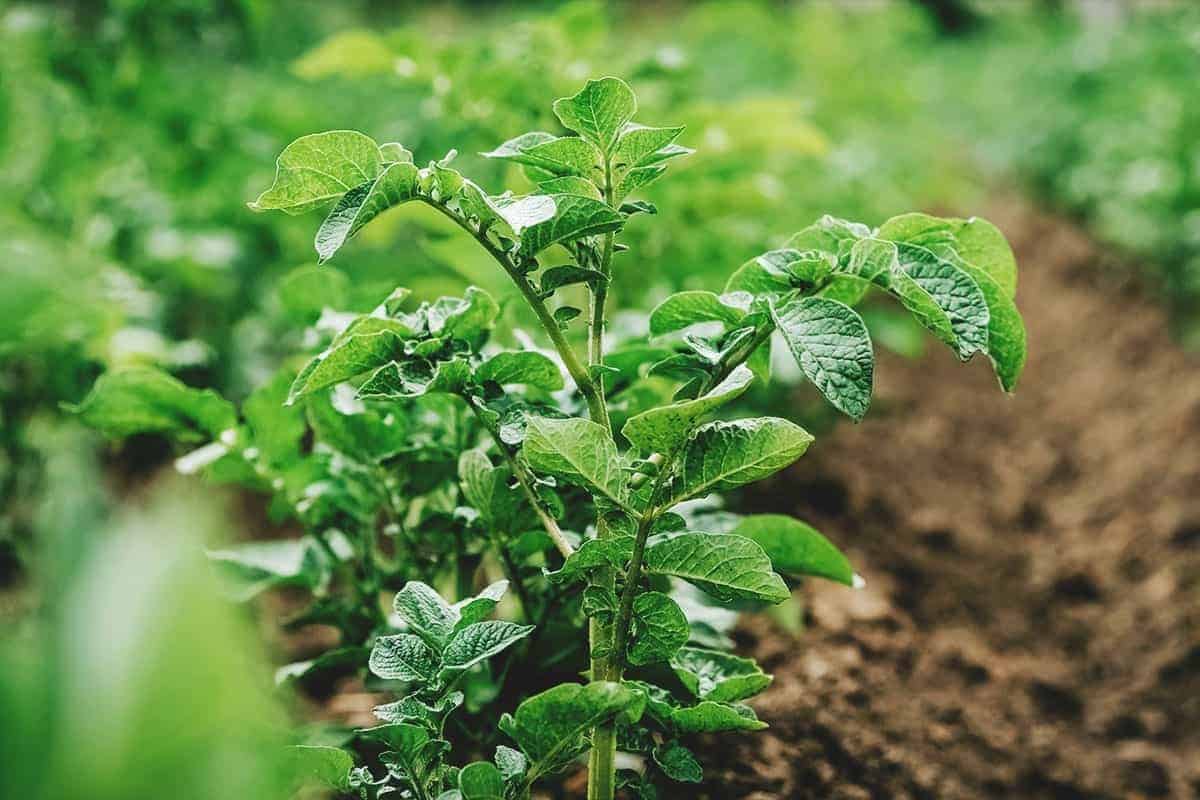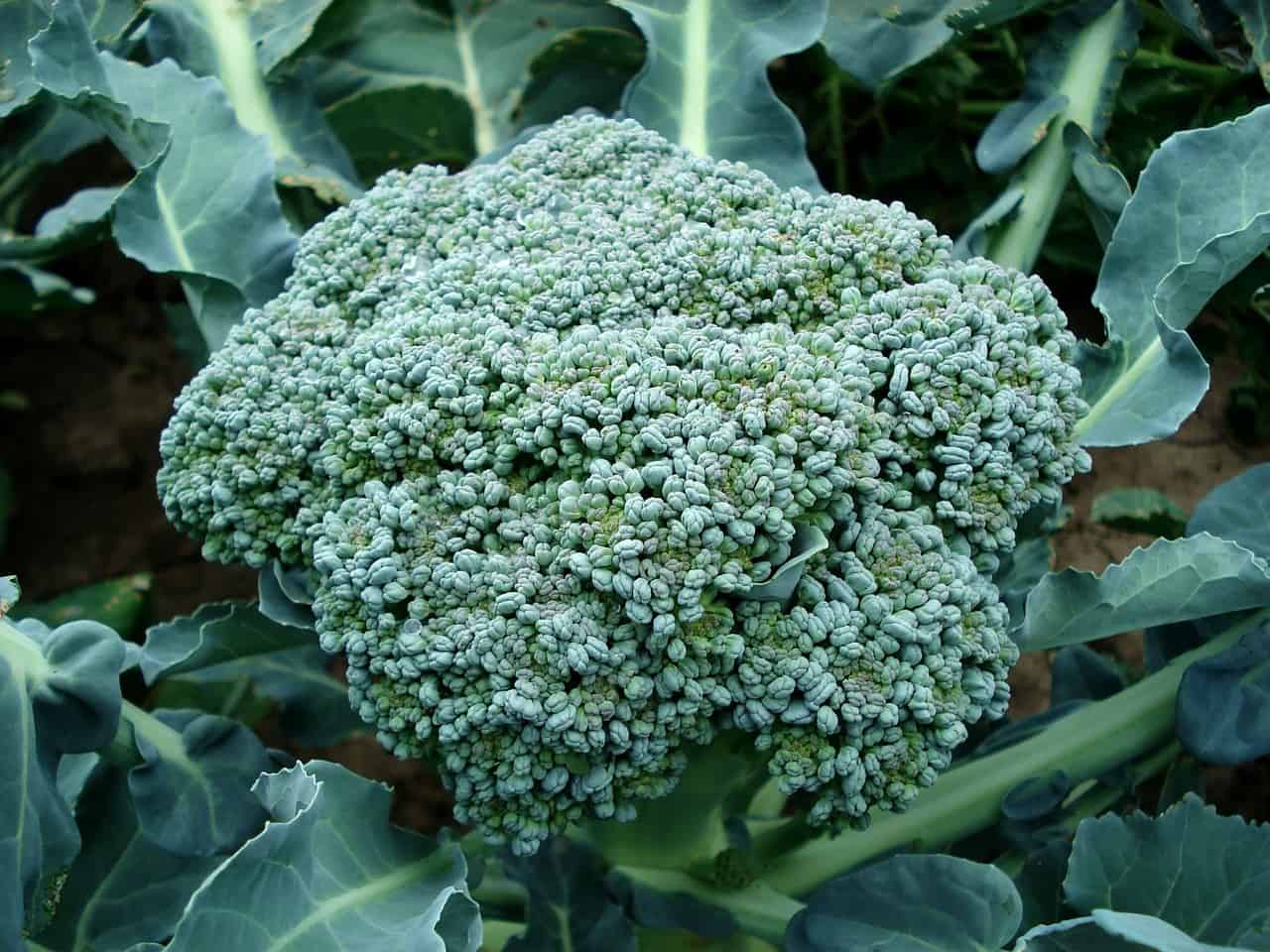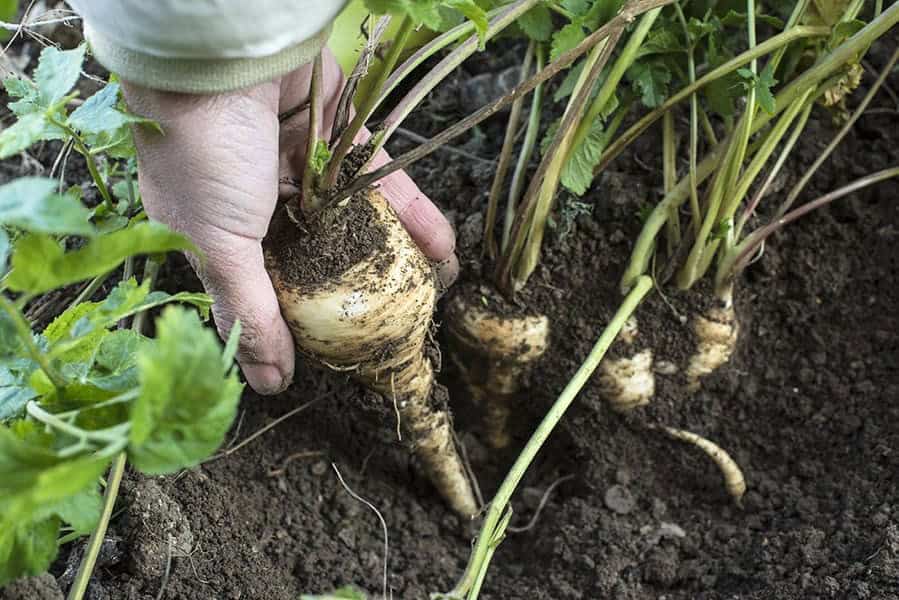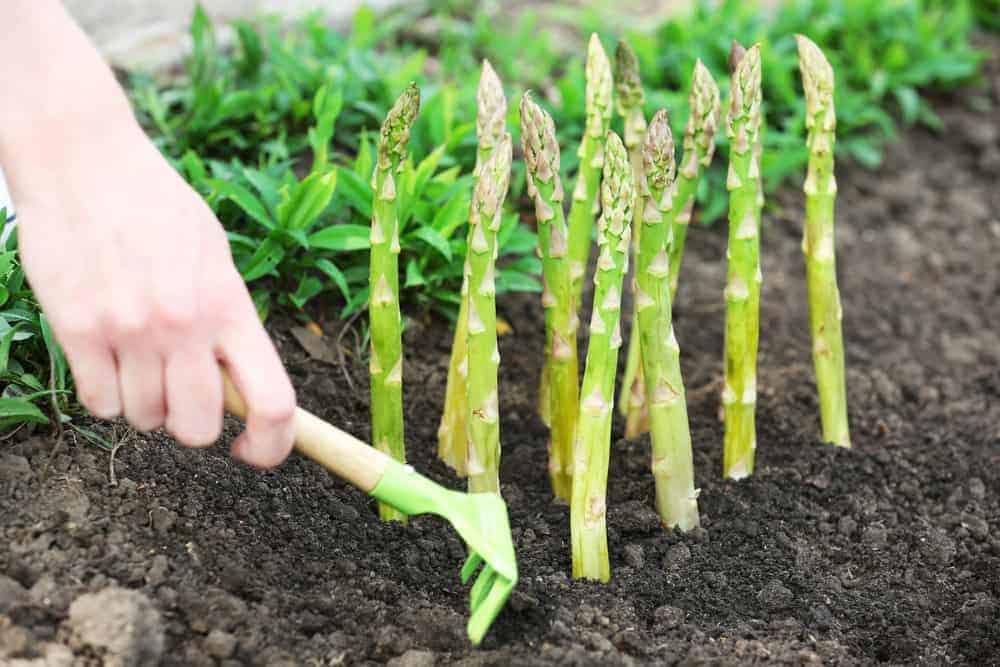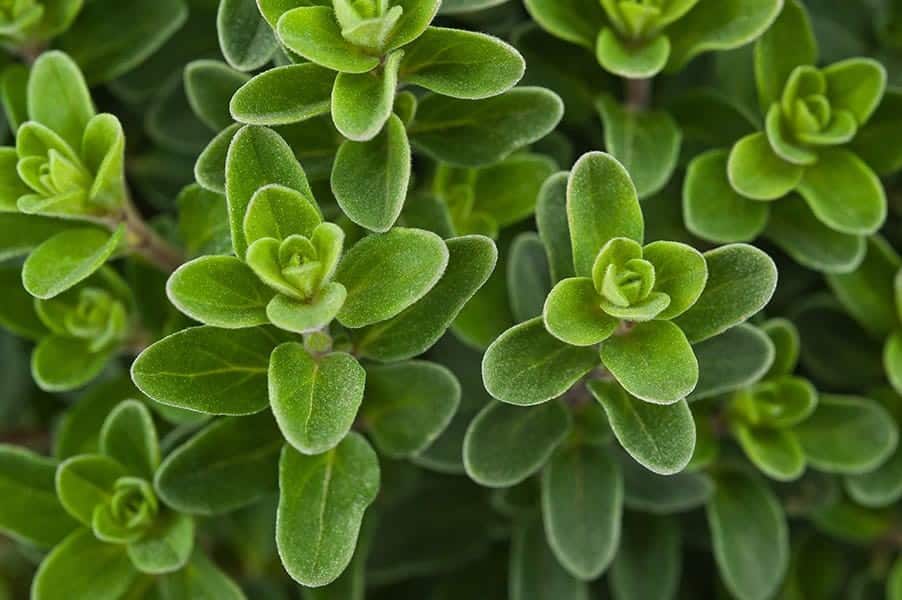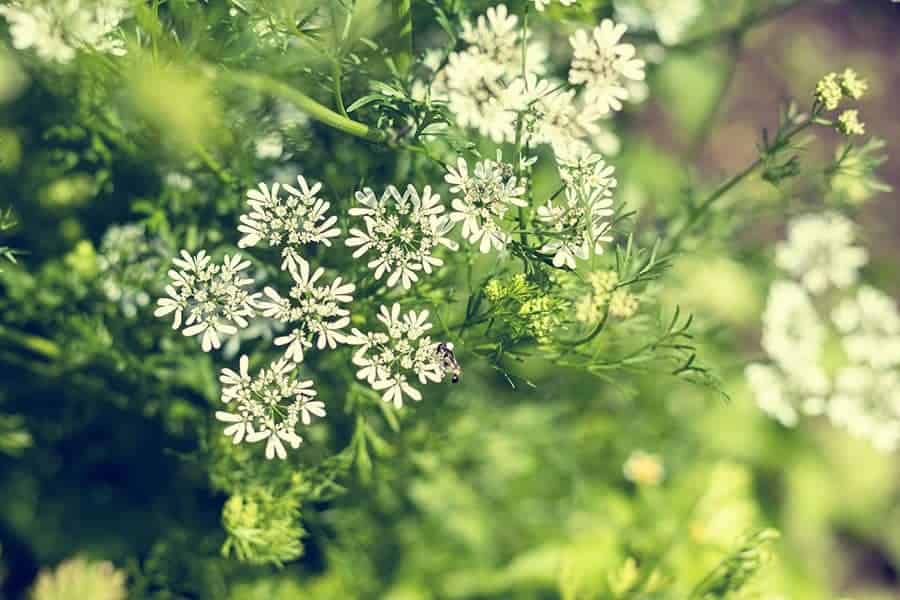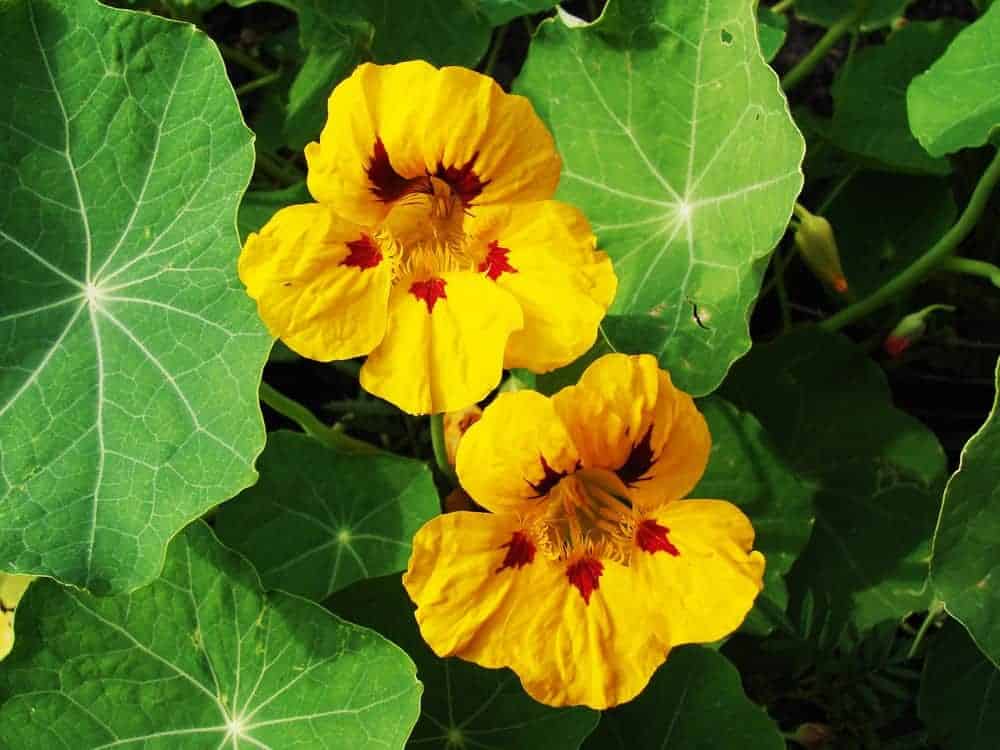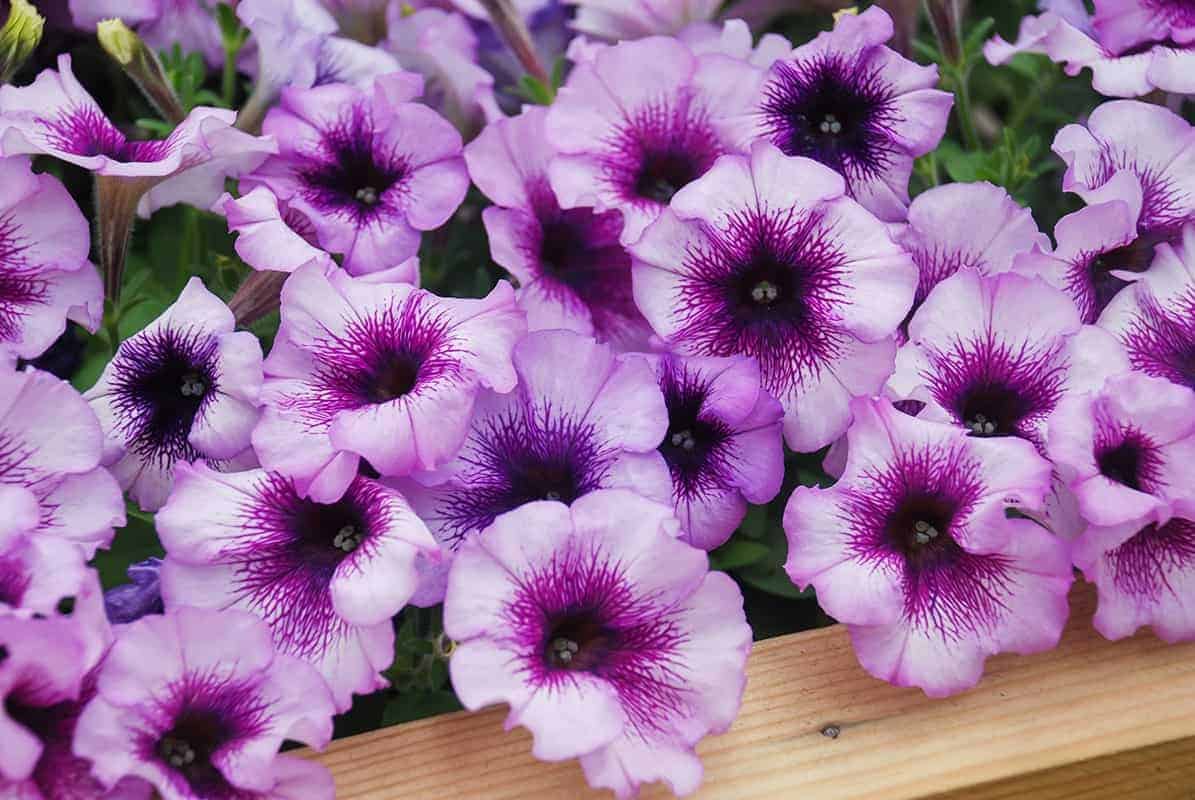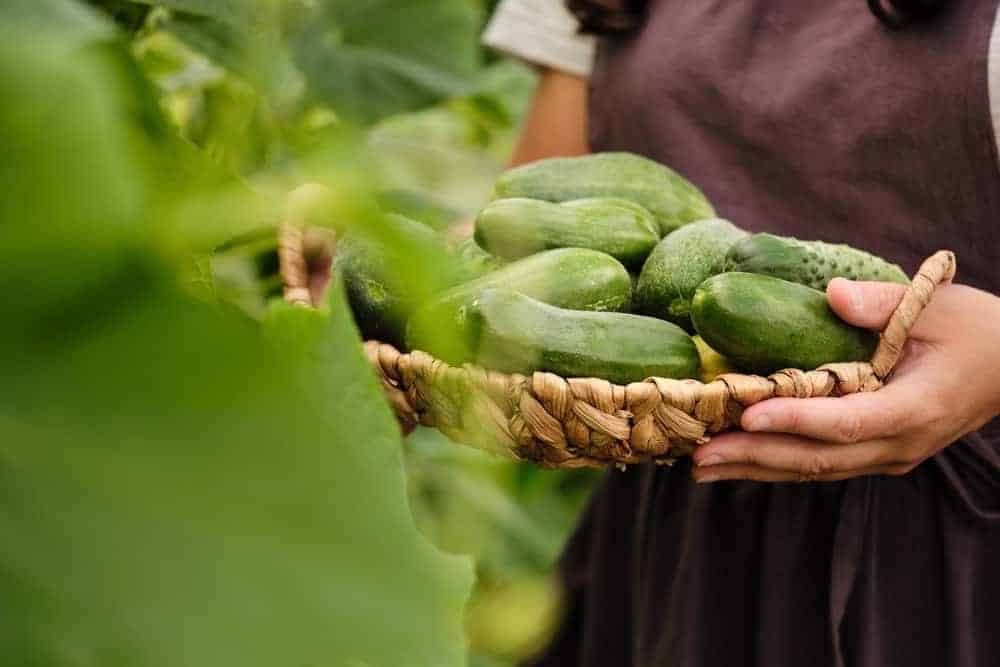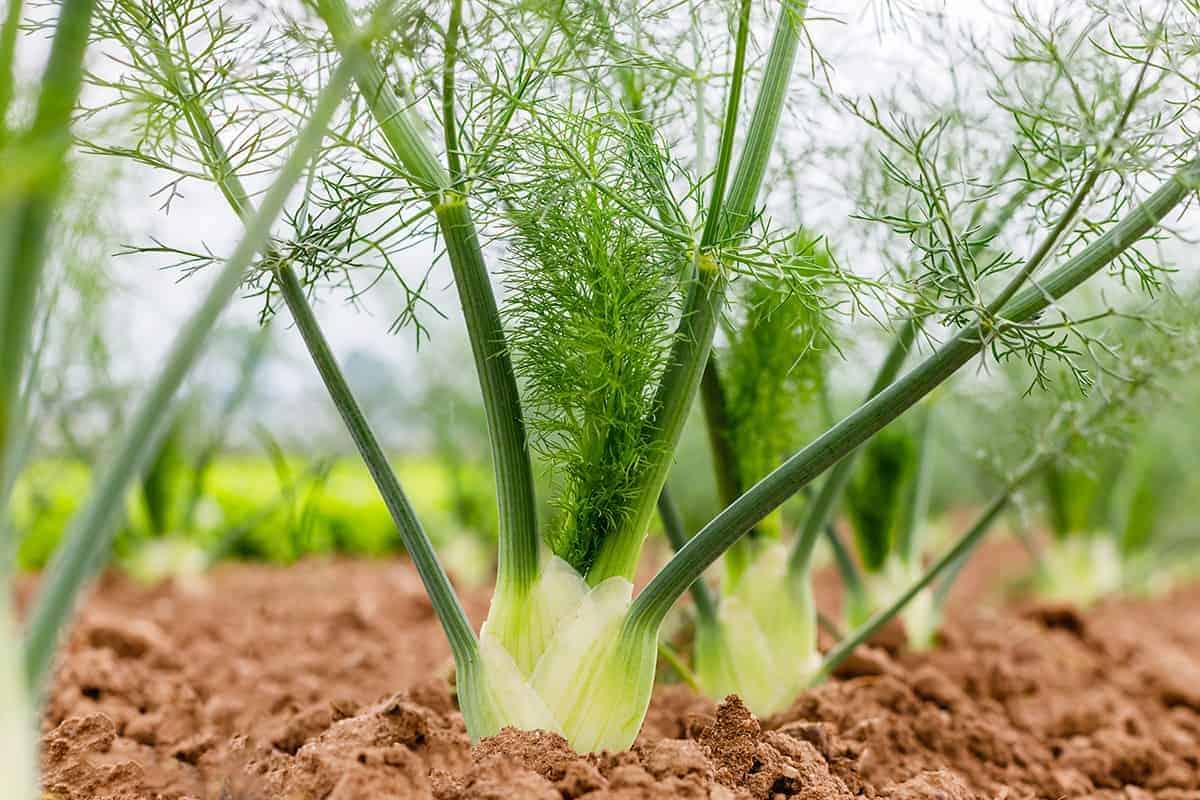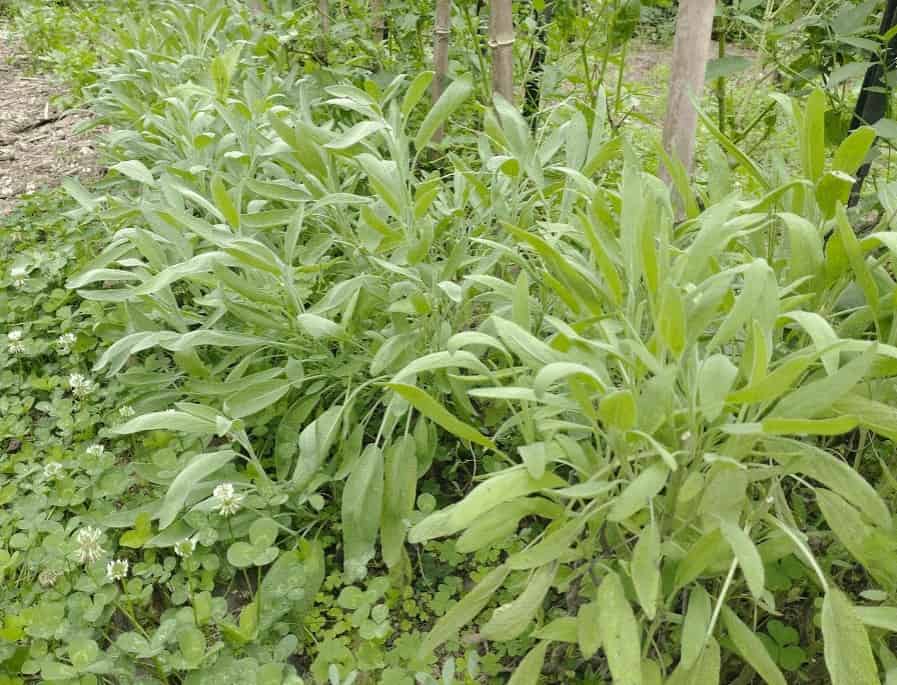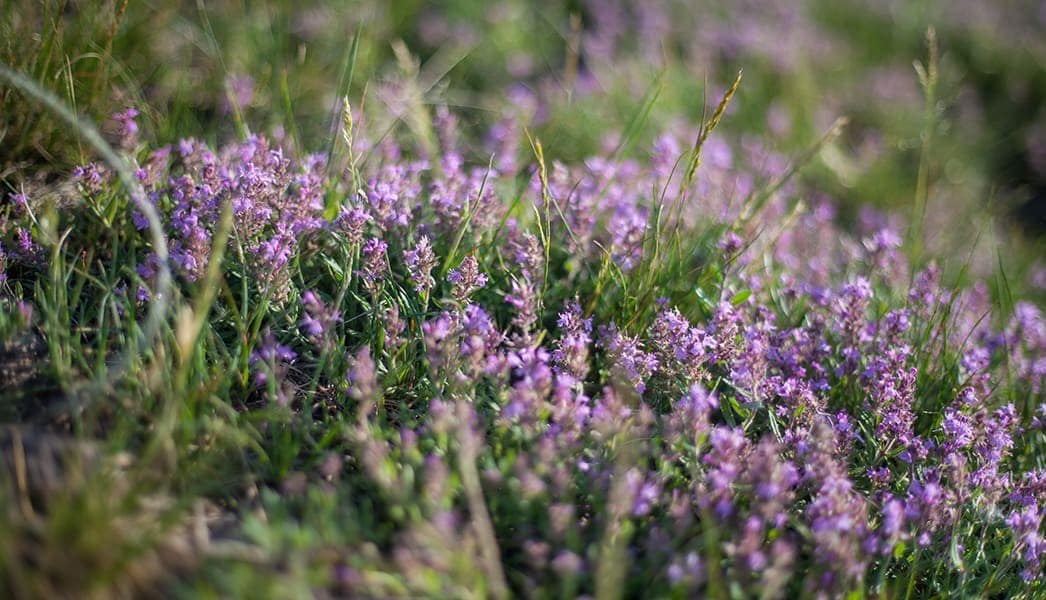Improving the chances of a bountiful basil harvest is a goal many gardeners share. One effective way to achieve this is through the art of companion planting. By pairing basil with the right plants, you can not only boost your yield but also promote overall plant health. The fragrant herb is often associated with the warmth and vibrancy of spring and summer, making it all the more desirable to grow in abundance.
To get started, let’s explore some ideal companions for basil that will help maximize its potential, as well as some plants that are best kept at a distance.
Perfect Conditions for Growing Basil
To cultivate thriving basil, it’s essential to provide the right environment. Aim for six to eight hours of direct sunlight per day, and ensure the soil pH falls within a comfortable range of 6.0 to 7.5. The ideal soil conditions are moist but well-draining – anything too dry or sandy can cause stress. When it comes to temperature, basil prefers warmth, with optimal daytime temperatures around 70°F (21°C). Nighttime temperatures shouldn’t dip below 50°F (10°C) for the best results.
While it may be tempting to rush the process, it’s crucial to give basil time to adjust and thrive in its new surroundings. Start by providing consistent moisture and allowing the plant to acclimate before making any further adjustments.
Good Companion Plants to Grow With Basil
Tomatoes
When it comes to companion planting, few duos can rival the harmony between basil and tomatoes. This dynamic duo not only coexist peacefully but also reap mutual benefits from each other’s presence. One of the most effective ways to utilize this partnership is by using basil as a ground cover between tomato plant rows. As it spreads its fragrant leaves, basil emits an intense aroma that repels tomato hornworms, discouraging them from making your plants their next meal.
In return, the tomatoes do their part by enriching the soil with nutrients, creating an environment where basil can thrive. To maximize this symbiotic relationship, simply plant as much basil as you have space for around your tomato plants.
Beets
When it comes to growing a diverse and resilient garden, considering companion planting is essential. For instance, starting by sowing beets early on can create a beneficial environment for your subsequent crops. As the beets mature, they’ll provide young basil plants with a natural shade, which can help regulate their growth and prevent scorching. Furthermore, flea beetles have a peculiar aversion to beets, but are drawn to basil.
By planting beets alongside your basil, you’re essentially creating a pest-repelling barrier that will protect both crops from unwanted visitors. In fact, surrounding the beets with a ring of basil can amplify this effect, creating a defensive perimeter that keeps pests at bay and promotes healthy growth.
Peppers
When discussing peppers, it’s essential to consider various types, including bell peppers, chilli peppers, and sweet peppers. Despite their diverse characteristics, all pepper cultivars share a common issue: they can attract pests that feed on them, particularly when the fruit is still young. One effective way to mitigate this problem is by planting basil alongside your peppers.
Not only does basil repel many of these pesky insects, reducing the need for chemical pesticides, but it also amplifies the flavor of sweet pepper varieties, making it a valuable companion plant in any pepper garden.
Chives
Chives are a low-maintenance and space-efficient addition to any garden. One of their most attractive qualities is their ability to repel pests through the subtle release of a natural aroma. This fragrance is particularly effective at keeping aphids at bay, making it an excellent companion plant for many varieties. When planted alongside basil, chives have an unexpected benefit – they enhance the essential oil production in the basil, resulting in a more complex and aromatic flavor profile.
The added bonus of this combination is that the taller basil plants will naturally provide shade for the chives, creating a harmonious coexistence.
Rosemary
Integrating new basil around established rosemary herbs is a clever move, as both plants emit aromas that effectively repel many garden pests. One of the key benefits is that the deep roots of mature rosemary won’t compete with the shallower roots of basil for water and nutrients, allowing them to thrive independently. As the seasons change, you can simply remove the spent basil without disturbing the hardy rosemary roots, which remain intact.
Additionally, if you allow some of your basil plants to go to seed in the right conditions, they’ll self-seed for the next growing season, eliminating the need for replanting. This harmonious coexistence makes for a low-maintenance and pest-resistant garden combination.
Garlic
While basil’s natural pest-repelling properties can be effective, it’s not immune to challenges. Heat stress, nutrient deficiencies in the soil, or an unusually high infestation of pests can leave it vulnerable. To mitigate these issues, consider pairing basil with garlic when planting. Garlic has its own set of pest-deterrent qualities that complement basil’s natural defenses. Specifically, it repels aphids and spider mites, two common pests that are often drawn to the scent of garlic.
This harmonious co-planting can help ensure a healthier, more resilient basil crop.
Lettuce
Summer gardens often evoke images of luscious tomatoes, fragrant basil, and crisp lettuce. While these three ingredients may seem unrelated at first glance, they actually complement each other beautifully in a summer garden setting. In fact, lettuce can be a perfect accompaniment to basil, not only because it grows well together but also because the two have a symbiotic relationship.
Basil has the unique ability to enhance the flavor of lettuce and even deter pests like snails and slugs that are naturally attracted to its leaves.
Grapes
While it may seem counterintuitive, combining grapes and basil in your garden can be a harmonious union. In fact, planting basil beneath grapevines is an excellent choice, particularly if you’re cultivating a food forest setup. The sweet aroma of the basil serves as a natural deterrent to many pests that might target your grapes, creating a mutually beneficial relationship.
The tall grapevine also provides a gentle shading effect for the basil during the hottest part of the day, while its deep roots allow it to thrive in harmony with the vine’s needs. Simply ensure you’re providing adequate water and the synergy between these two plants will flourish.
Potatoes
When planting potatoes, consider intercropping with basil. Specifically, position your basil rows one to two rows away from the potatoes on both sides. This strategic placement can have a positive impact on the flavor of your potatoes and also serve as a natural deterrent for certain pests. Japanese beetles and Colorado potato beetles, in particular, are known to be repelled by the scent of basil.
By incorporating this herb into your potato crop, you’ll not only enhance their flavor profile but also minimize the risk of infestation.
Chamomile
Chamomile’s impact extends beyond its calming effects on humans; it also has a profound influence on the natural world around it. The plant releases beneficial compounds into the soil, which in turn benefits not only itself but also nearby plants, including basil. This symbiotic relationship can significantly improve the quality and flavor of basil, making it a valuable addition to any garden.
Additionally, chamomile is a magnet for beneficial pollinators and insects that prey on pesky pests like aphids, helping to maintain a healthy balance in the ecosystem.
Broccoli
When cultivating broccoli and basil together, it’s essential to strike a balance between their growth patterns. While basil provides valuable pest protection for your broccoli, the proximity of their leaves can become an issue. To avoid this, maintain a distance of about one to two rows between them. This allows both plants to flourish without interfering with each other’s development.
Parsnips
By strategically planting parsnips alongside basil, gardeners can create a mutually beneficial relationship that drives down pest populations. The tubers emit a natural repellent that deters aphids and spider mites from approaching the herb, making it an ideal companion plant for controlling these common pests. For optimal results, consider interspersing parsnip and basil rows, keeping them within two rows of each other to maximize the synergistic effects.
Asparagus
When cultivating asparagus and basil together, consider planting the herbs alongside or around the asparagus patch. While being mindful not to disrupt the asparagus roots, this harmonious combination can foster a mutually beneficial relationship. Specifically, the presence of asparagus tends to attract ladybugs that prey on aphids attacking the basil. Conversely, the basil plants help deter the asparagus beetle from infesting the crop.
This natural balance showcases the value of diversifying your garden with complementary plants.
Marjoram
When combining sweet or wild marjoram with basil, you’re actually creating a mutually beneficial relationship between the two plants. One of the most significant advantages is that they share identical requirements for light, heat, soil, and water – making it easy to care for them together. By planting them in close proximity, you’ll be able to simplify your gardening routine.
Both marjoram and basil also have a knack for attracting beneficial insects and pollinators, which can further enhance the overall health of your garden.
Anise
When it comes to pairing plants, few combinations are as effective as teaming up basil with its aromatic companion, aniseed. Not only do their distinctive scents repel pests, but they also share a range of beneficial properties that can enhance the growth and flavor of both plants. For instance, aniseed’s natural antibacterial and antifungal qualities help to protect basil from soil-borne diseases that might arise from heavy rainfall.
By planting them together or in close proximity – ideally within two rows of each other – you’ll create a harmonious synergy that not only keeps pests at bay but also encourages the production of essential oils in the basil leaves. As these oils accumulate, they can subtly alter the flavor profile of your basil and infuse the surrounding garden air with an enticing aroma.
Marigolds
When it comes to pest control, French marigold is a reliable ally for your garden. One of its key benefits is that it releases limonene from its roots into the soil, effectively repelling unwanted pests. What’s more impressive is that this natural pest-repellent action continues even after the marigolds have been removed and died. This makes them an excellent addition to any vegetable garden, particularly when planted alongside basil and other companion plants.
Nasturtiums
Gardeners often develop a complex relationship with nasturtiums, admiring their beauty and ability to thrive while simultaneously lamenting their tendency to spread rapidly, producing copious amounts of seed that can take over entire areas. A clever strategy is to plant them in containers alongside basil, or if you have a larger patch, locate the basil nearby. This proximity can benefit both plants.
One effective way to utilize nasturtiums is as a trap crop, where they serve as a decoy, drawing pests away from the valuable basil.
Petunias
In a unique yet harmonious relationship, basil has been known to flourish when planted alongside petunias. This synergy isn’t limited to just basil – many other herbs also benefit from the presence of petunias. But what makes this combination so special is that petunias have natural pest-repelling properties, effectively keeping unwanted visitors like aphids, leafhoppers, and tomato worms at bay.
By cultivating petunias alongside their herbaceous counterparts, gardeners can enjoy a more balanced and thriving ecosystem.
Plants to Avoid Planting With Basil
While basil is generally accommodating when co-planted with other herbs, there are certain specimens that can actually hinder its growth or even contaminate its flavor profile. It’s crucial to be mindful of these potential interactions when designing your garden layout.
Cucumber
Cucumbers are notorious for their rapid spread, thanks to their climbing nature. This can spell disaster for nearby basil, as they compete for resources like water and sunlight. Even with trellising, cucumbers tend to drink too much water, leaving the basil parched. Furthermore, during the hot summer months, cucumbers are susceptible to a range of diseases that can easily spread to the sensitive basil plants.
Fennel
When considering which plants to grow alongside fennel, it’s essential to keep in mind its unique characteristics. Fennel tends to attract pests that are also drawn to basil, making them poor companion plant choices. Furthermore, fennel has been known to stifle the growth of many nearby plants, potentially hindering their development. To ensure optimal growing conditions for your herbs, it’s recommended to keep fennel and basil at a considerable distance from each other.
Sage
The tumultuous relationship between sage and basil can be attributed to their conflicting preferences when it comes to water and soil conditions. Basil thrives in moist, well-draining environments, whereas sage is more comfortable in dry, sandy soil. When planted together, one of the two will inevitably suffer due to the other’s preference. To avoid this issue, it’s recommended that you maintain a distance of at least three rows between basil and sage plants.
Thyme
While sage and thyme share some similarities with basil, they have distinct preferences when it comes to environmental conditions. Thyme, in particular, thrives in dry environments, making it essential to maintain a lower level of moisture when cultivating this herb. Unlike basil, which tends to do well in moist climates, thyme doesn’t fare as well when planted alongside other herbs like sage.
Common Rue
When it comes to pairing with basil, common rue is often regarded as a formidable foe. Dubbed herb-of-grace, this plant has an unfortunate reputation for imparting bitterness to its basil companions, rendering them unpalatable. But that’s not all – common rue also has the undesirable effect of drawing in pests that prey on basil, making the affected plants more vulnerable to infestation. In essence, having common rue nearby can stifle the growth and health of your beloved basil plants.
